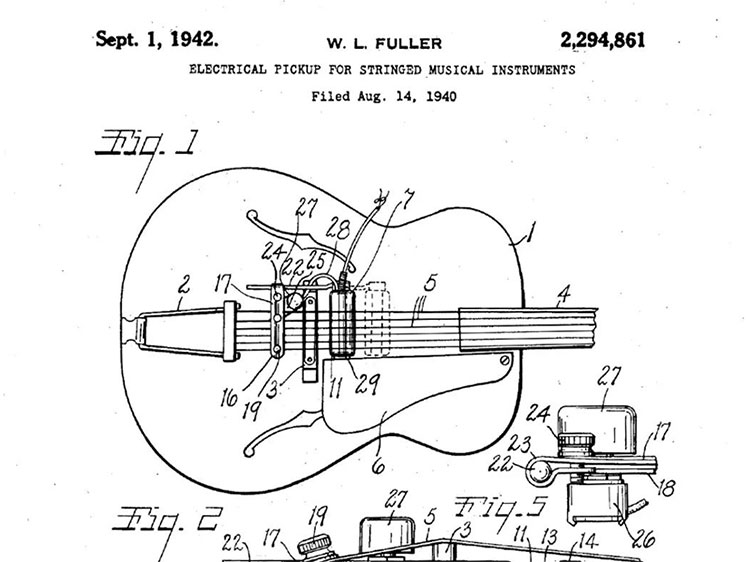
By 1940s and 1950s, Alnico magnets found widespread industrial applications, particularly in the field of electric musical instruments, where sound wave signals were amplified through electromagnetic effects. In this domain, Alnico, especially in the form of magnets made from aluminum, nickel, and cobalt, became crucial for the production of components like guitar pickups and speakers. Many early electric guitar manufacturers, including Fender, utilized Alnico magnets for making pickups.
In the 1960s, a "ceramic" magnet emerged, made from iron oxide and strontium carbonate baked at high temperatures. This type of magnet exhibited stronger magnetic properties than Alnico and was more cost-effective. As a result, "ceramic" magnets gradually replaced Alnico, becoming the most common magnet type today. Subsequently, electric guitar pickups with ceramic magnets also became available on the market.

As early electric guitars predominantly used Alnico pickups, and Alnico magnets indeed produced a "warm" and dynamic tone, they became a necessary choice for many musicians seeking classic tones. In adherence to tradition, most Fender guitar models are equipped with Alnico pickups. This is not to say that Alnico is inherently superior to ceramic or other magnet materials, but Alnico does excel in showcasing the distinctive tonal characteristics of various Fender guitar models.
In comparison, pickups made with ceramic magnets generally have higher output, smoother dynamics, and broader frequency response. Ceramic magnets are commonly used in modern-style dual-coil or rail-type "mini-humbucker" pickups and are suitable for musical genres such as metal and avant-garde that require a high-output sound. Fender occasionally incorporates pickups with ceramic magnets in some of its modern-style guitars.
Alnico magnets are known for their strong magnetic field and ability to produce a warm and smooth tone, making them a popular choice among guitarists. There are several types of Alnico magnets, typically categorized as Alnico 2, Alnico 3, Alnico 4, and Alnico 5, each with its own magnetic properties and tonal characteristics.
Here's a brief overview of the common Alnico types used in guitar pickups:

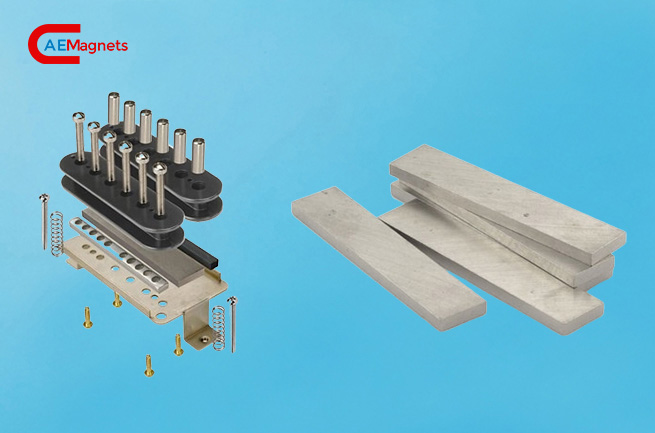
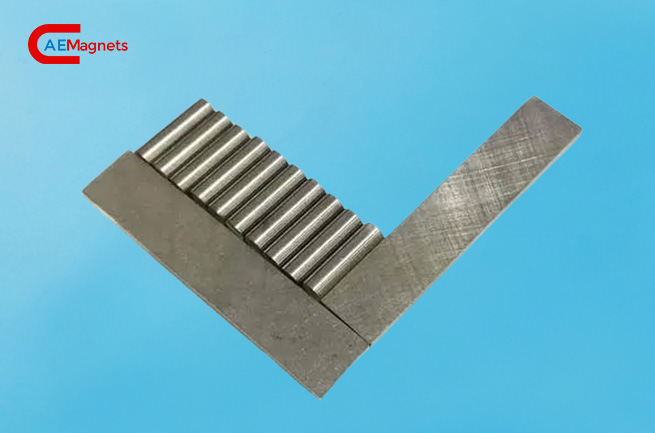
Guitarists often choose pickups with Alnico magnets based on their tonal preferences and the style of music they play. It's worth noting that the choice of other pickup components, such as wire winding and coil design, also plays a crucial role in shaping the overall sound of the pickup. As a result, the combination of Alnico magnets with other design elements contributes to the unique character of each pickup model.
Let us be your partner in magnets supply chain
Alnico magnets offer several advantages for guitar pickups, contributing to their popularity among guitarists. Here are some key advantages of Alnico magnets for guitar pickups:
Alnico magnets are known for producing a warm and vintage tone. This characteristic is particularly valued in genres like blues, jazz, and classic rock, where a smoother and more mellow sound is often preferred.
Alnico magnets exhibit a dynamic response to playing dynamics. They are sensitive to the nuances of a player's touch, allowing for expressive and responsive playing.
Alnico magnets generally provide a balanced frequency response across the tonal spectrum. This balance contributes to a well-rounded and musical sound that works well for a variety of playing styles.
Alnico magnets can contribute to improved sustain in guitar notes. This extended sustain is desirable for players who want their notes to ring out and linger
Alnico magnets are available in different types (e.g., Alnico II, Alnico III, Alnico IV, Alnico V), each with its own tonal characteristics. This versatility allows guitarists to choose the specific Alnico type that best suits their preferences and playing style.
Alnico magnets are associated with vintage guitar tones, contributing to the overall aesthetics of vintage-style pickups. Many players appreciate the classic and timeless vibe that Alnico pickups bring to their instruments.
Alnico magnets, especially Alnico V, have a strong magnetic field. This strength contributes to a higher output level, which can be advantageous for players seeking a more powerful and punchy sound.
Many iconic guitar models, particularly those from the vintage era, originally came equipped with Alnico pickups. For players who appreciate the heritage and tradition of certain guitar brands and models, Alnico pickups can be a nod to the classic tones of the past.
Alnico magnets are often used in traditional single-coil and humbucker pickup designs. Their compatibility with these classic pickup configurations makes them a natural choice for guitars designed to capture vintage tones.
It's important to note that while Alnico magnets have their advantages, the choice of a pickup involves various factors, including the overall design, coil winding, and other materials used. Additionally, personal preference plays a significant role, and some players may prefer the characteristics of other magnet types, such as ceramic magnets, for specific applications or musical styles
Choosing the right Alnico magnet for a guitar pickup depends on your specific tonal preferences, playing style, and the overall sound you want to achieve. Here are some factors to consider when selecting an Alnico magnet for your guitar pickup:

Alnico 2: If you prefer a warmer and smoother vintage tone, Alnico 2 might be a good choice. It's often associated with a mellow sound and is popular in classic rock, blues, and jazz styles.
Alnico 3: Offering a balanced mix of warmth and brightness, Alnico 3 is suitable for those who want a vintage tone with a touch of clarity. It's versatile and works well across various genres.
Alnico 4: Known for a well-balanced response and moderate output, Alnico 4 can provide clarity and definition. It's suitable for players who want a clear and articulate sound with a good amount of sustain.
Alnico 5: If you're looking for a stronger, punchier sound with a pronounced midrange, Alnico 5 is a common choice. It's versatile and can be found in a wide range of musical styles, from rock to metal.
Alnico 8: This magnets can ensure clear and tight tone at higher output, which is difficult to achieve with traditional Alnico5/ceramic magnet high-output pickups. It is very suitable for modern heavy-duty styles and lower string playing needs.
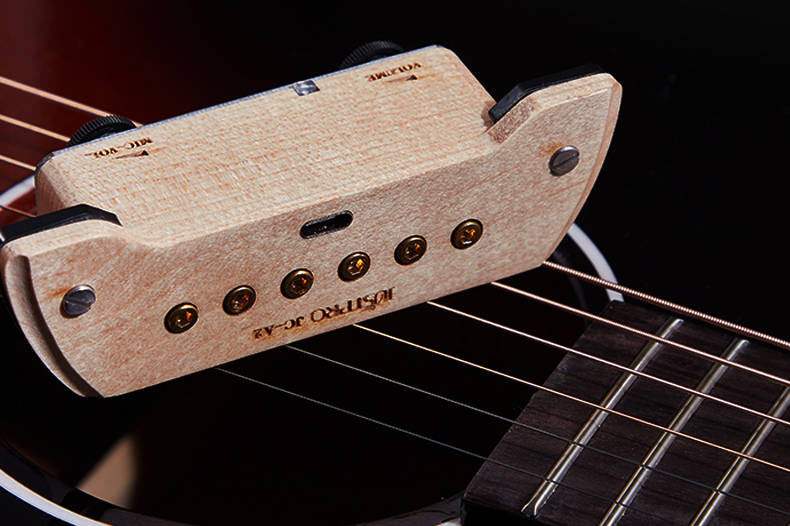
Consider the genre or style of music you primarily play. Different Alnico magnets can complement specific genres better than others. For example, Alnico 2 pickups are often favored in blues and jazz, while Alnico 5 is popular in rock and heavier styles.
The choice of Alnico magnet can influence the pickup's output level. Generally, Alnico 5 magnets provide higher output compared to Alnico 2 or 3. If you need more power and drive, you might lean towards Alnico 5.
Think about your playing dynamics. Some players prefer the responsiveness and touch sensitivity offered by certain Alnico magnets. For example, Alnico II pickups are often praised for their responsiveness to playing dynamics.
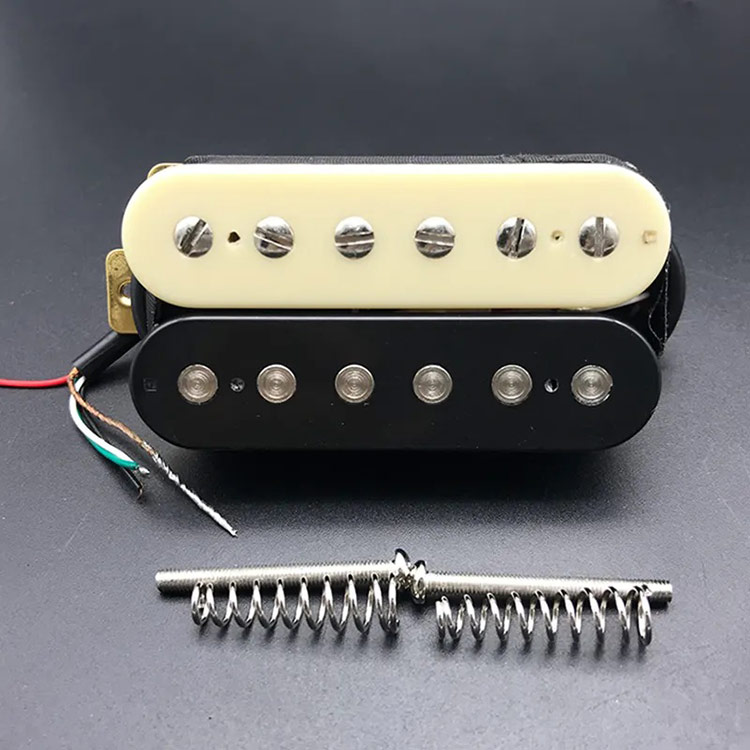
The position of the pickup on the guitar (neck, middle, or bridge) can also influence your choice. Some players mix different Alnico magnets in different positions to achieve a balanced overall tone.
Ultimately, personal preference plays a significant role. If possible, try out guitars equipped with different Alnico magnets to get a feel for their sonic characteristics. This hands-on experience can help you decide which magnet type aligns with your preferences.
Keep in mind that the Alnico magnet is just one component of the pickup. The overall design, wire winding, and other materials used also contribute to the pickup's final sound. Consider the complete picture when choosing a pickup.
Remember that individual pickups can have unique characteristics, and there's no one-size-fits-all solution. Experimenting with different pickups and configurations will allow you to find the combination that best suits your playing style and sonic preferences.
Assembling Alnico magnets for guitar pickups requires care and precision to ensure optimal performance and longevity. Here are some important considerations and precautions to keep in mind during the assembly process:
Magnetic Sensitivity: Alnico magnets are sensitive to external magnetic fields. Avoid exposing them to strong magnetic fields during assembly, as this can affect their performance.
Magnetic Alignment: Pay attention to the magnet's orientation during assembly. In some cases, the magnet's specific magnetic orientation can impact the pickup's performance.
Physical Damage: Alnico magnets are relatively brittle and can chip or break if subjected to mechanical stress. Handle them with care to prevent damage.
Ensure that the surfaces of the magnets are clean before assembly. Dust, debris, or contaminants can affect the pickup's performance.
Avoiding Metal Shavings: When working with metal components near magnets, be cautious to prevent metal shavings or filings from attaching to the magnet, as these can interfere with its magnetic properties.
While Alnico magnets are known for their high-temperature stability, excessive heat during assembly can still affect their magnetic properties. Be mindful of the temperature during any soldering or assembly processes.
When using adhesives for securing magnets in the pickup assembly, ensure they are non-magnetic to avoid interference with the magnetic field.
If you are winding your own coils, ensure a uniform and neat winding process. Uneven winding can affect the balance and performance of the pickup.
Maintain consistency in the magnetic polarity of the magnets during assembly. This is crucial for achieving the desired phase relationship between pickups if you're installing multiple pickups in a guitar.
Test the pickup after assembly to ensure it meets performance expectations. Check for any irregularities, unusual noises, or signal issues.
Quality Control: Implement quality control measures to catch any defects in the assembly process. This includes checking for proper magnet alignment, coil winding, and overall structural integrity.
Consider incorporating effective shielding techniques to minimize electromagnetic interference. This is important for maintaining the clarity and noise-free operation of the pickup.
Keep detailed records of the assembly process, including magnet orientation, coil specifications, and any other relevant information. This documentation can be valuable for troubleshooting or future modifications.
By paying attention to these considerations and taking the necessary precautions, you can ensure a successful and reliable assembly of Alnico magnets for guitar pickups. Additionally, following best practices will contribute to the longevity and optimal performance of the pickups.

Different magnets have different magnetic forces, which are affected by several factors including: material, size, residual magnetic charge, condition (new or old? Has it been affected by a strong magnetic field? etc.). Basically, they can be divided into strong magnets (hard) or weak magnets (soft).
The stronger the magnet and the "harder" the sound, the more signals will be transmitted. Even so, there are practical limitations: very strong magnets cause the strings to stop vibrating, a phenomenon in which the strings travel. In severe cases, this slight catching force can produce "false harmonics" or "double tones".
There are 2 mainly shapes for AlNico magnets, Block shape and Cylinder shape. The size for block shape is 57~68.5mm for length, 6~13mm for width, 3~5mm for thickness; for cylinder shape, diameter is 4.8~5mm, length is 14~24.5mm.
If you have specific requirement for your magnets you can contact us for more detail discuss.

